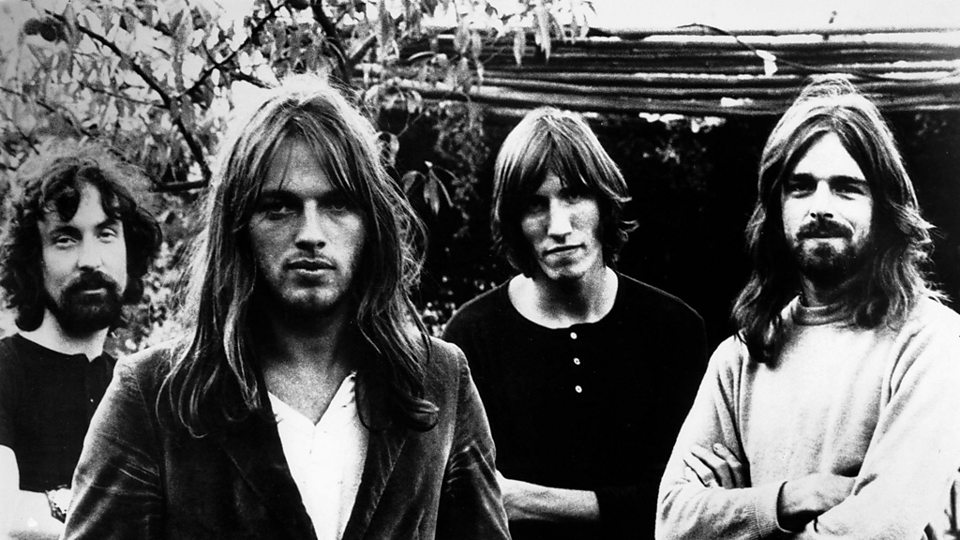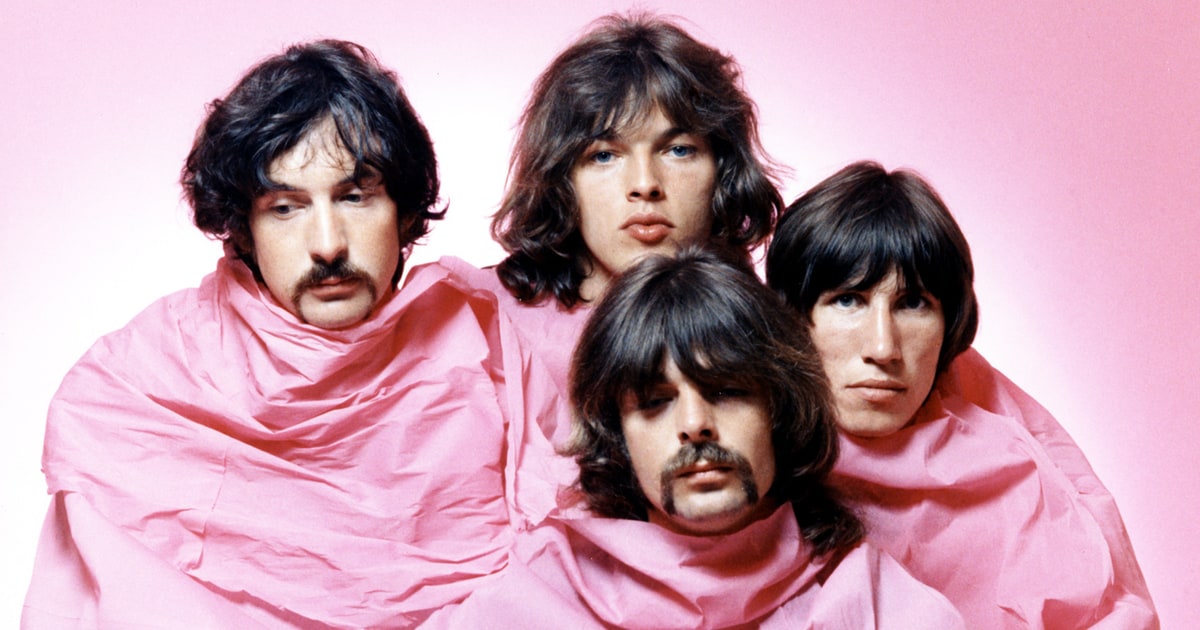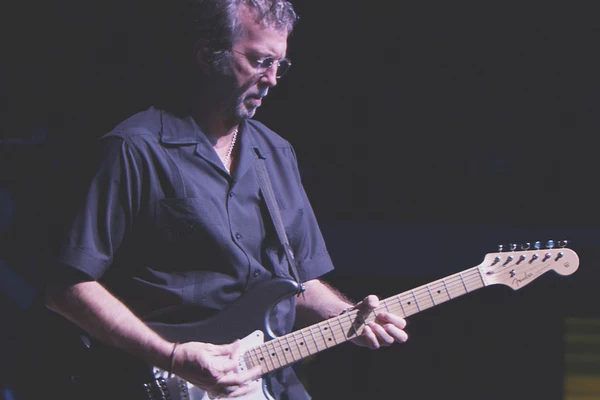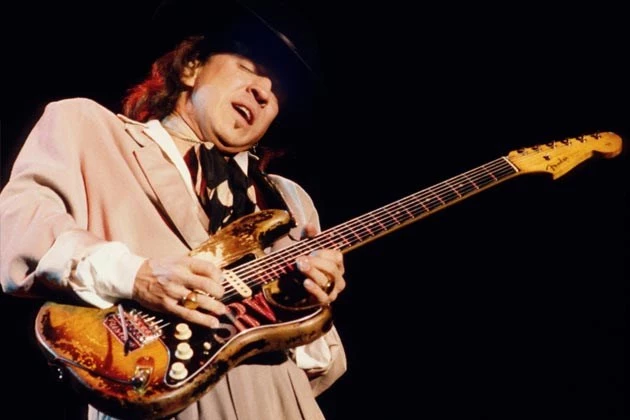It’s loud, rambunctious, audacious and quite frankly, rather fun. Delivered by the guys who transformed the online first-person shooter with the Call of Duty franchise, Titanfall is the latest bombast mash-up of grandiose campaign and multiplayer madness to hit the gaming sphere.
Published by Electronic Arts and developed by newly created Respawn Entertainment, (founded by the original architects behind the Call of Duty creator, Infinity Ward) Titanfall pits players into a futuristic backdrop titled, The Frontier. Earth has been all but left behind and now generations of humanity are residing in the deepest reaches of space. Players are dropped into the distant frontier, which is currently being ravaged by war. A persisting conflict between the Interstellar Manufacturing Corporation, (IMC) a massive industrial company seeking to enrich further resources and the Frontier Militia, a combination of colonists, mercenaries and pirates collectively rising together as citizen solders, discontent with the IMC’s exploitation of the Frontier.
The story allows players to compete in both, the IMC and the Militia and is integrated across nine maps and two modes of play; Attrition, which is essentially Team Deathmatch, and Hardpoint Domination, where you acquire points for holding three capture points, titled A, B and C respectively. Throughout the campaign commanders and officers appear in a small video link in the right of your screen helping the story to evolve, blaring objectives and bickering amongst themselves in an assortment of stereotypical personalities and accents, from cavalier Americans to a grouchy Londoner, who sounds very much like Idris Elba. Though the story draws on noticeable parallels with Killzone and Red Fraction, it is more than adequate for a first-person shooter and to be perfectly honest, few people have turned their attention to Titanfall for a well scripted, engaging and original story.

Instead, Titanfall provides gamers with an ultra fun and incredibly fast and fluid multiplayer-only experience with the emphasis on killing the opposition, achieving varied objectives and gaining experience points, enabling your character to level up and in doing so, unlocking superior gadgets and weaponry. It may sound all too similar to the creator’s other famous shoot-em-up franchise, however Titanfall has a few fundamental differences, the main one of which is given away in the title. Yes, the Titans themselves. Piloting these giant 20-foot robotic war machines that burst down from the sky and allowing you to clamber aboard and stomp around the terrain, brawl with other Titans and crushing the infantry on the ground provides many hours of riotous fun. Not just inferior with its size, each titan is equipped with it’s own array of weapons including a Quad Rocket, Plasma Railgun and an Arc Cannon as well as armed with a Vortex Shield, allowing you to catch projectiles fired at you and returning them straight back at the enemy.
Though the magnitude of the titans may seem unconscionable when fighting on the ground, you will be forgiven for thinking being on foot plays second fiddle to piloting these mechanical monsters. However when you are not in your titan, you are efficiently equipped with anti-Titan weapons, a jet pack allowing you to chain together wall jumps and tactical abilities including an invisibility cloak. One of Titanfall’s best features is the simplicity of movement around each level. Reminiscent of 2011’s Brink, which incorporated a first-person shooter with parkour-style movement, Titanfall excels with a great fluidity of action and warfare across each map, allowing users to be in the thick of the action throughout the entire performance.
Visually, Titanfall looks sublime on Xbox One, with crisp, sharp and gorgeous environments bestowed for all to see, though due to the chaotic carnage proceeding all around, you probably wont have too much available time to take all of it in. On looks alone, Respawn’s debut is a gorgeous-looking attempt however; it doesn’t feel like a truly next-generation benchmark setter, especially with the potential capabilities of the next-gen consoles. The graphics max out as expected in alluring beauty with HDR lighting and polished detail, but the game itself doesn’t incorporate particular features that would have elevated Titanfall to the top of the tree of online shoot-em-ups. No destructive scenery, evolving maps or even any movement of terrain or vegetation. Ok, that might be asking too much of a first endeavour from Respawn, but they may have missed a trick in fundamentally separating Titanfall completely from other multiplayer-based shooters such as Battlefield or Call of Duty. Because of this, visually, Titanfall is more evolutionary rather than revolutionary.

Another criticism of Titanfall is the game’s unimaginative inclusion of tried and tested multiplayer modes. Again, Respawn have missed a trick here in really aiding the game’s next-generation feel with game structures and modes that remain all too recognisable, too cautious and convenient compared to it’s blistering and innovative gameplay. Attrition is basically Deathmatch, Capture the Flag is available on nearly every-single first person shoot-em-up game and Pilot Hunter is just Deathmatch where players can only gain points by killing other pilots rather than destroying Titans and grunts. The most inventive mode available is the Last Titan Standing option, which pits players in a Titan as soon as the game commences with the aim to kill off your opponents and remain as the only Titan still operating at the end of the round. Including traditional multiplayer modes isn’t the worst idea imaginable and it’s never bad to feel nostalgic and to reminisce over classic multiplayer modes, but the lack of originality in Titanfall’s multiplayer is another deficiency that holds it back from becoming a genre-revolutionary game.
 Overall though, the underlying experience of playing Titanfall is one of revitalisation and reinvigoration, taking a familiar FPS formula and making it feel contemporary and dynamic, though it's a shame it relies so profoundly on the familiar. The game modes, arsenal, sprint speed are all derived from some of the most successful online shooters of recent times, but by renovating the way you move across maps, Titanfall fully reinvents what it feels like to play and compete in a recreational shooter. It ticks all the boxes on how a game should really be; fun, easily accessible and worthy enough for you to come back for more. The high-octane action intertwines fantastically well with the muscular, tactical titan battles, creating mass-scaled battlefields that prosper in indulgence and possibility. Titanfall, though not in such a leap that may have been expected before its release, is still a commendable surge forward for the online shooter, combining the energetic and new with the tried and sincere to establish something extremely fun and entertaining. Not without it’s issues, Titanfall remains as the most important exclusive for the Xbox so far and with an inevitable sequel in the minds of it’s makers, these concerns will no doubt be amended next time. But until then, Titanfall remains one of the most enjoyable and invigorating shooters the genre has seen in years.
Overall though, the underlying experience of playing Titanfall is one of revitalisation and reinvigoration, taking a familiar FPS formula and making it feel contemporary and dynamic, though it's a shame it relies so profoundly on the familiar. The game modes, arsenal, sprint speed are all derived from some of the most successful online shooters of recent times, but by renovating the way you move across maps, Titanfall fully reinvents what it feels like to play and compete in a recreational shooter. It ticks all the boxes on how a game should really be; fun, easily accessible and worthy enough for you to come back for more. The high-octane action intertwines fantastically well with the muscular, tactical titan battles, creating mass-scaled battlefields that prosper in indulgence and possibility. Titanfall, though not in such a leap that may have been expected before its release, is still a commendable surge forward for the online shooter, combining the energetic and new with the tried and sincere to establish something extremely fun and entertaining. Not without it’s issues, Titanfall remains as the most important exclusive for the Xbox so far and with an inevitable sequel in the minds of it’s makers, these concerns will no doubt be amended next time. But until then, Titanfall remains one of the most enjoyable and invigorating shooters the genre has seen in years.
.jpg) Twelve years on since their impressive debut, Alter Bridge have consistently
embodied impeccable musicianship along with dynamic and labyrinthine
refrains, rewarding them great respect amongst their Heavy Metal
contemporaries as well as a hugely devoted fan base.
Twelve years on since their impressive debut, Alter Bridge have consistently
embodied impeccable musicianship along with dynamic and labyrinthine
refrains, rewarding them great respect amongst their Heavy Metal
contemporaries as well as a hugely devoted fan base.  Second
single My Champion; a soul-stirring ballad with a hint of One
Day Remains-era Alter Bridge with its benevolent and mirthful nature,
swells with passion and warmth, comprising rallying choruses and
inspiriting lyrics. This effort in particular demonstrating the
mastery and finesse of Myles Kennedy and Mark Tremonti’s
writing collaboration.
Second
single My Champion; a soul-stirring ballad with a hint of One
Day Remains-era Alter Bridge with its benevolent and mirthful nature,
swells with passion and warmth, comprising rallying choruses and
inspiriting lyrics. This effort in particular demonstrating the
mastery and finesse of Myles Kennedy and Mark Tremonti’s
writing collaboration.



















